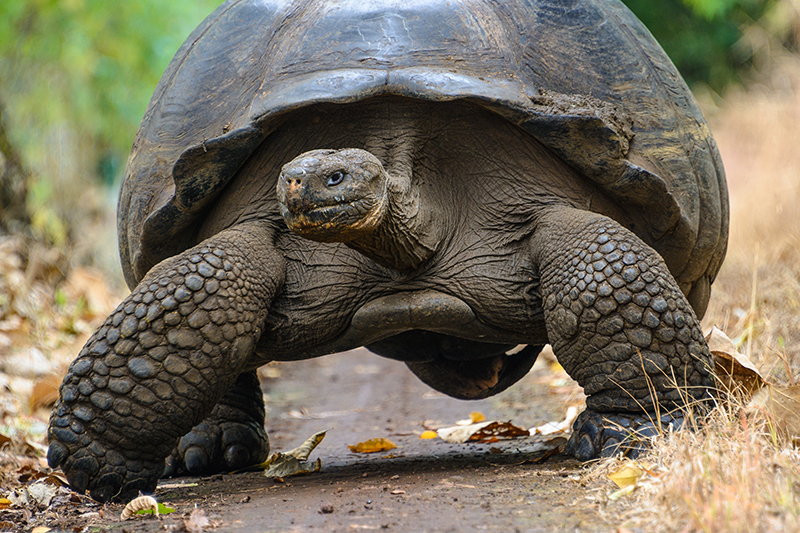How Science is Bringing Back a 160-year-old Extinct Species
At Reptile Shows of New England, it’s our mission to bring you closer to exotic, and often misunderstood, species. Our audiences always come away from our shows with a new fascination and appreciation for these incredible creatures. One of such creature is the tortoise.

It just so happens that there was a reptile that lived in the 1800s on the Galapagos Island of Floreana. Known as the Floreana tortoise, this lumbering creature is closely related to many species of tortoises that are alive today. Very large and prehistoric-looking, the Floreana tortoise is believed to have gone extinct because of European sailors who captured and ate them during their long journeys at sea.
But now there’s hope for this extinct tortoise to get a second chance at life. Researchers have noticed traces of the Floreana tortoise DNA in other tortoises, and are keeping them in controlled environments in the hopes that they will mate, thus bringing back a once extinct species! It’s not quite Jurassic Park, but it’s an exciting scientific breakthrough that proves we can possibly bring back something that was lost. The implications are strong that this may be possible with some other currently extinct species as well.
An extinct tortoise’s relatives have been located. . .
Another factor making this possible is Isabela Island. Here, 150 tortoises (known as Isabela tortoises), had been found to have a genetic makeup that shows their ancestry is definitely the Floreana tortoise. Because sailors sometimes dropped off extra cargo to lighten the load on their ships, these Isabela tortoises were placed on this island near a volcano, which gives us possibly the best resource for finding the closest reptiles to the extinct tortoises on the planet!
Can we really recreate a brand new version of an extinct species?
So what will their offspring be like? Scientists believe they will have “substantial chunks” of the once extinct Floreana tortoise’s DNA. It remains to be seen how they will evolve from there. But evolution may bring this species fully back to life. It looks like we’ll have to wait a while, because, as these are typically slow creatures, they’re also slow to reproduce. They will take approximately 25 years to reach maturity, creating new generations of tortoises, but it will be exciting to see what evolution has in store.
If you want to learn more about exotic species of reptiles, be sure to attend one of our fascinating Reptile Shows of New England . Here we share our love for these reptiles and help to educate those who may be afraid of these kinds of animals. We showcase everything from snakes to tarantulas and more!
Also keep checking our blog for more fascinating information about endangered species, as well as tips and advice, such as treating snake bites! It’s all right here!



